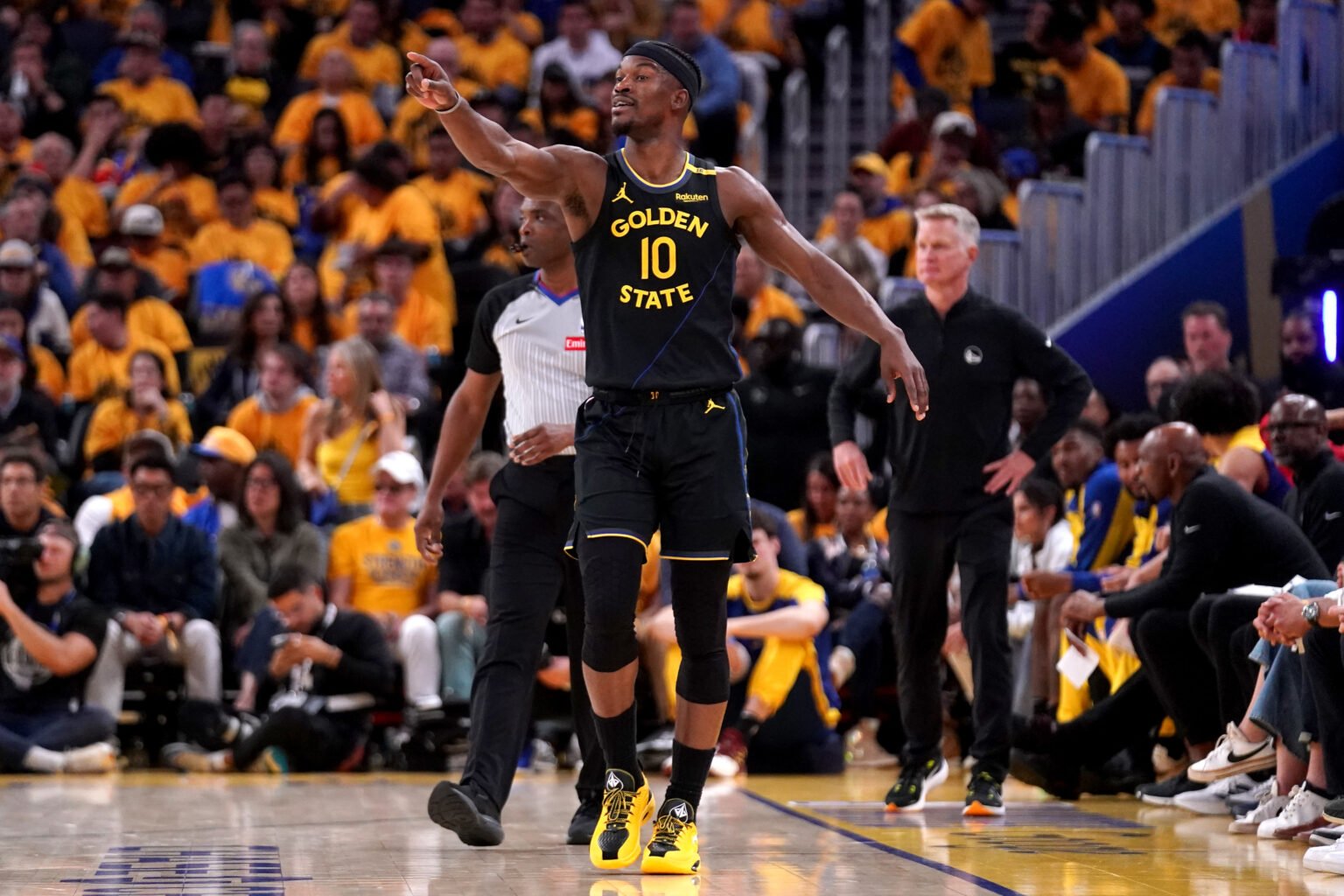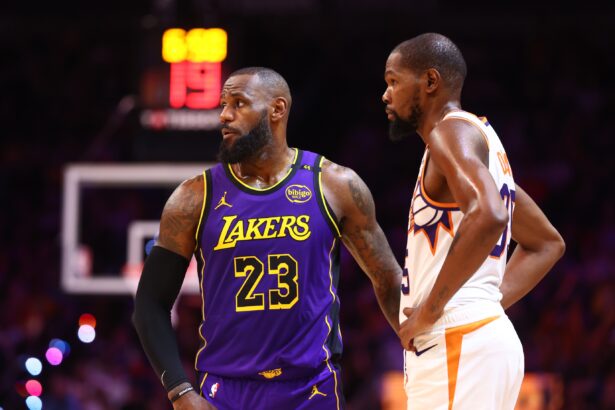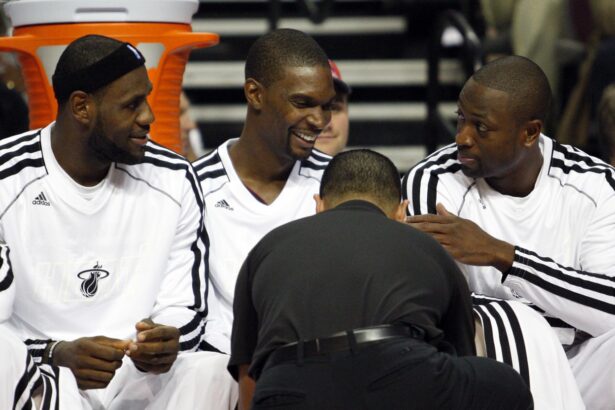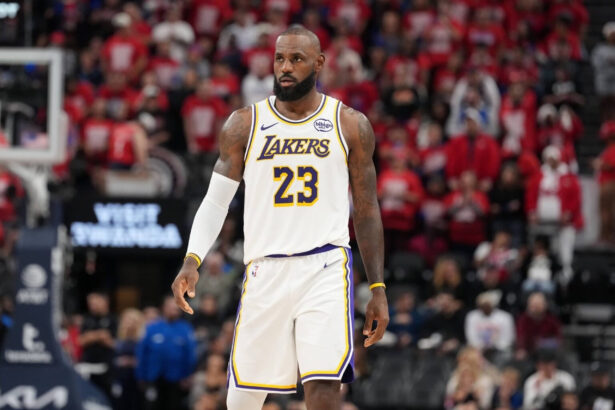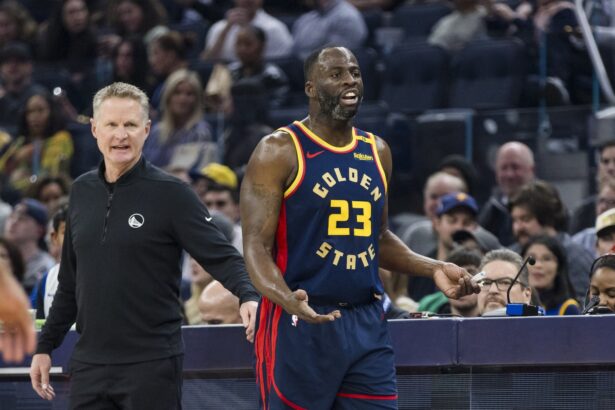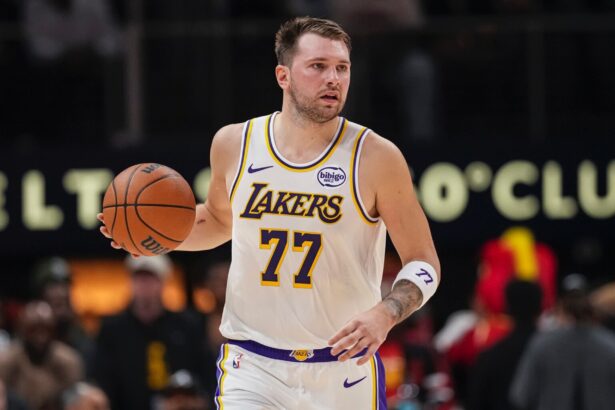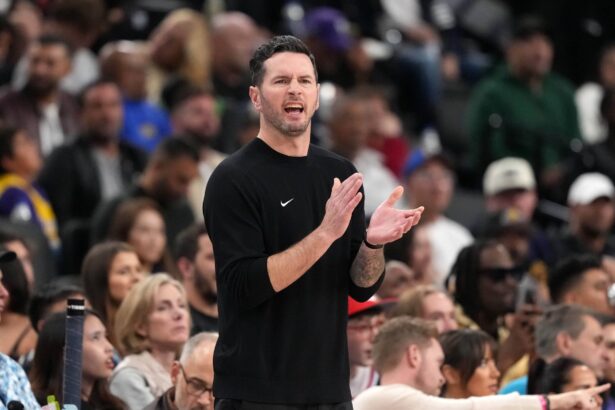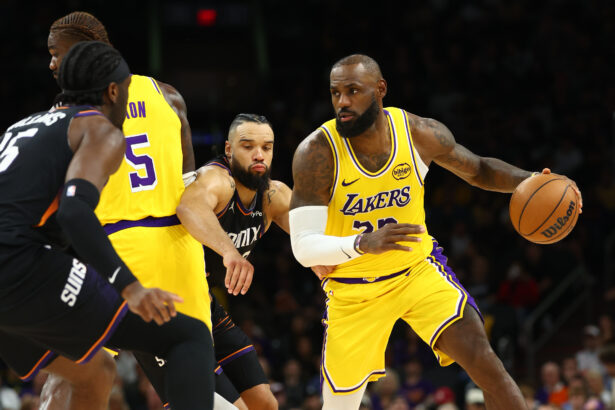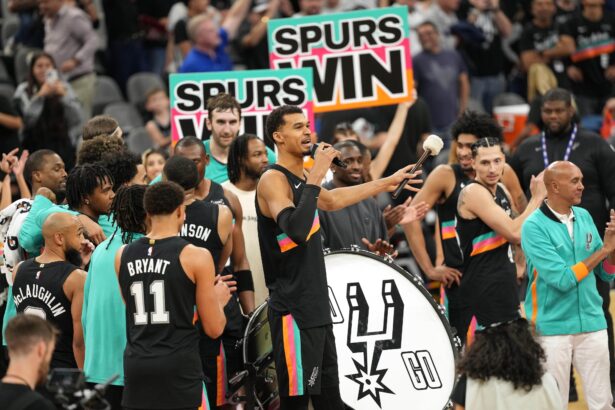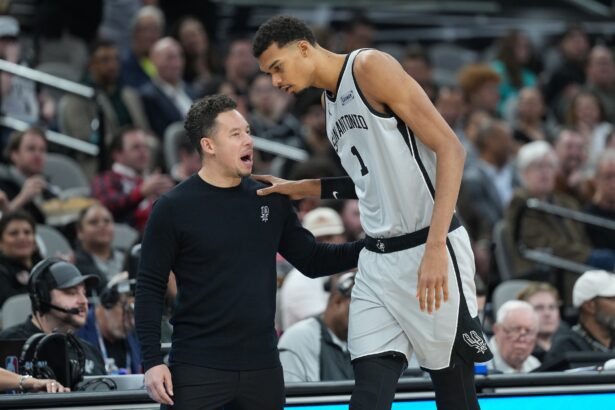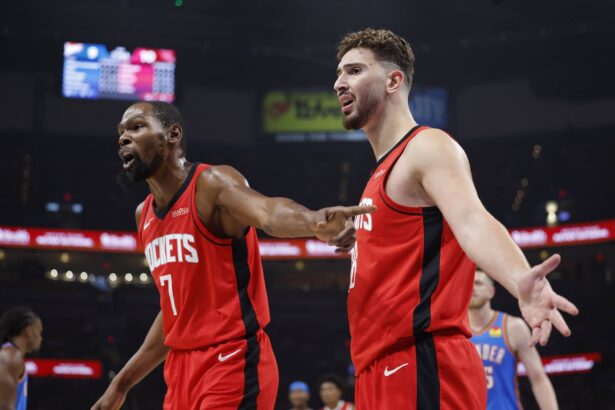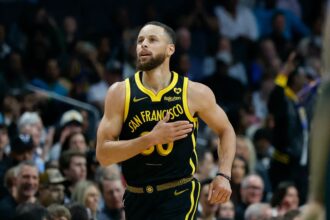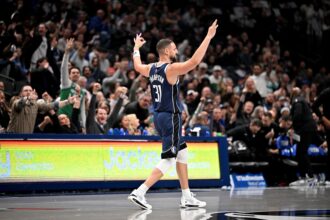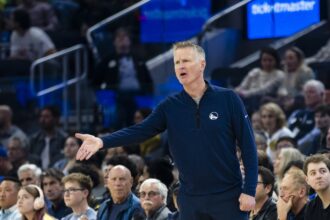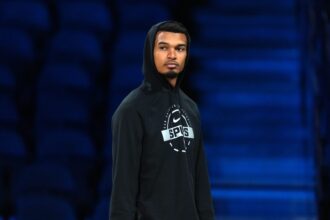The Golden State Warriors now find themselves on the brink of elimination, dropping their third straight game without Stephen Curry in a 117-110 loss to the Minnesota Timberwolves on Monday night. Despite strong efforts from Jonathan Kuminga, who followed up his Game 3 breakout with 23 points and 11-of-12 free throw shooting, the Warriors couldn’t generate enough firepower to match Minnesota’s second-half surge.
Golden State held a 60-58 halftime lead, but a disastrous 17-0 Timberwolves run late in the third quarter, sparked by Anthony Edwards’ back-to-back threes and 11 points in the stretch, left them down 97-77 heading into the final frame, a gap they could never close.
The absence of Curry was once again glaring. Without the gravitational pull of the NBA’s all-time three-point leader, Golden State’s offense sputtered, particularly from deep. The Warriors hit just 8 of 27 shots from beyond the arc as Minnesota effectively keyed in on Buddy Hield and other shooters, neutralizing any chance of a typical Warriors-style run.
Draymond Green and Jimmy Butler scored 14 points apiece, while Hield chipped in 13. Still, the flow and rhythm that define Steve Kerr’s system just wasn’t there, especially against a Timberwolves defense intent on staying disciplined on the perimeter.
Kerr again leaned on Trayce Jackson-Davis in the starting lineup for size and stuck with Kuminga off the bench, but the formula couldn’t offset the Wolves’ dominance. Tensions briefly flared when Jaden McDaniels yanked down Hield in the second quarter, a play ruled a common foul after review, but otherwise, the Warriors showed little fight in critical moments.
With Curry set to be re-evaluated Wednesday and a 3-1 series deficit looming large, the Warriors must now hope for a miracle in Game 5 in Minneapolis to keep their season alive.
1. A Faltering Defense
Once again, Golden State’s defense collapsed when it mattered most. After holding a slim 60–58 lead at halftime, the Warriors allowed Minnesota to erupt for 39 points in the third quarter, including a backbreaking 17–0 run that completely flipped the game. Anthony Edwards led the surge with a barrage of threes, and Golden State had no answer on the perimeter or in transition.
The Warriors’ defense lacked its usual connectivity and physicality. They gave up 16 made threes on 47.1% shooting from deep, as Minnesota spread the floor and punished every misstep. Even though Golden State forced 21 turnovers, a strong number, they failed to capitalize, scoring just 15 points off them compared to 24 conceded off their own.
With Draymond Green and Jimmy Butler both logging heavy minutes, the Warriors still couldn’t contain Minnesota’s offensive rhythm. The Timberwolves’ spacing, ball movement, and shot-making overwhelmed Golden State’s rotations, exposing the absence of an organizing defensive voice like Andre Iguodala or a commanding scorer like Stephen Curry.
2. Three-Point Shooting Favored Minnesota
Golden State’s three-point offense, long a signature of their dynasty, completely failed them in Game 4. The Warriors went just 8-of-27 from deep (29.6%), well below their usual standards, while Minnesota drilled 16-of-34 (47.1%), nearly doubling their output and efficiency.
Without Curry, the offense lacks a natural floor-spacer and deep threat who forces constant attention. That put immense pressure on Buddy Hield and Brandin Podziemski to produce from outside, but Minnesota’s defense blanketed both. The Wolves’ strategy to crowd the arc and switch aggressively on handoffs paid off, holding Golden State’s shooting to ineffective levels.
This three-point gap created a 24-point swing that proved decisive. Even though the Warriors had more second-chance points and points in the paint, their inability to keep pace from outside meant they were always chasing the game, especially when Minnesota got hot in the third quarter.
3. Jonathan Kuminga Continues to Shine in Expanded Role
Despite the loss, Jonathan Kuminga has emerged as one of the few bright spots for Golden State in this series. Coming off a 30-point performance in Game 3, Kuminga followed up with 23 points in Game 4, attacking relentlessly and converting 11-of-12 free throws with confidence and aggression.
Kuminga’s ability to get downhill, draw contact, and finish through length is giving the Warriors a new wrinkle offensively, especially without Curry. He’s showing a more refined feel for spacing and has earned Steve Kerr’s trust in clutch minutes, even though he’s coming off the bench.
With the Warriors’ veteran core struggling to generate consistent offense, Kuminga’s growth in these playoffs may be the most important development for Golden State’s future, regardless of how this series ends. He’s proving he belongs on the postseason stage and could be a foundational piece moving forward.

